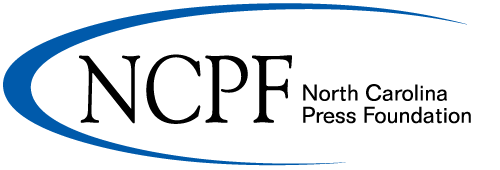Newspaper Terms
Posted 3/5/13
Newspaper Terms
Technology terms, designated with an asterick (*), have been included with traditional newspaper terms and defined below. Specialized terms that apply specifically to electronic editions (e-editions or e-Papers) are …
This item is available in full to subscribers.
Attention subscribers
We have recently launched a new and improved website. To continue reading, you will need to either log into your subscriber account, or purchase a new subscription.
If you had an account at our previous website, you can locate your account and reset your password by clicking here.
If you are a current print subscriber, you can set up a free website account by clicking here.
Otherwise, click here to view your options for subscribing.
Please log in to continue |
|
